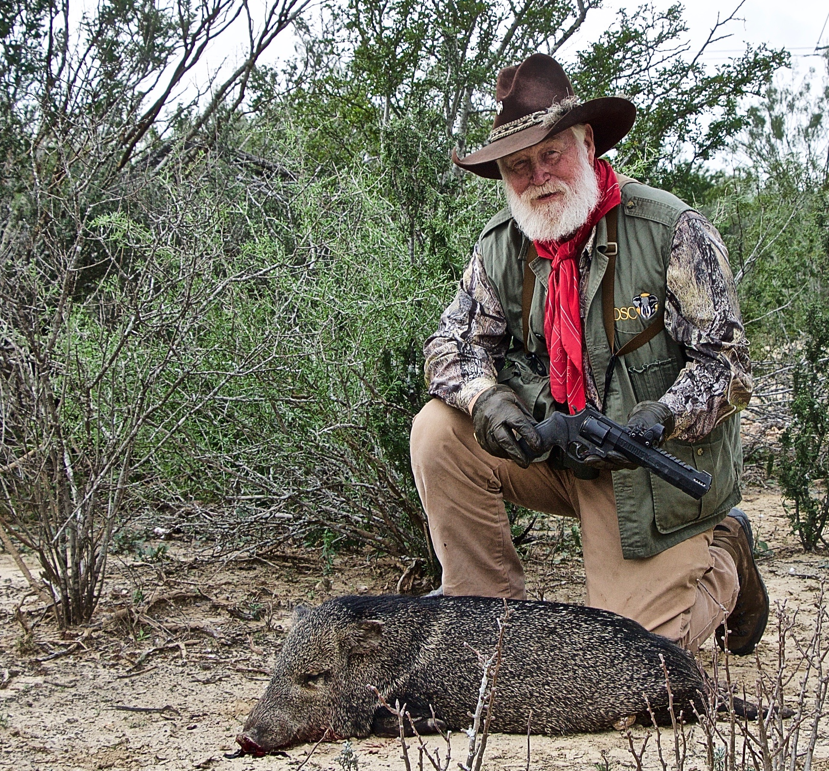“No, we aren’t hunting flamingos.”
Four states have now passed legislation to make blaze pink a legal alternative to blaze orange, with the intention of encouraging female involvement in hunting. As more women and girls enter the hunting world, those who want to make the traditionally male-dominated sport more female-friendly are searching for solutions. But is blaze pink going to do that? To the surprise of legislators, the measure has been met both support and backlash from the public.
Wisconsin became the first state to legalize blaze pink in early 2016, with Colorado, Louisiana, and New York following months later. The movement gained momentum when Wisconsin Rep. Nick Milroy (D-73rd) brought the idea to a textile scientist to verify its safety in the field. After obtaining scientific justification for fluorescent pink, Milroy held a news conference in support of the initiative, with the slogan “Hunt Pink.”
Opponents quickly became vocal, emphasizing the blatant sexism and stereotypes and expressing concern that such an initiative would be taking up time at the state legislation level. Some criticized the campaign for assuming the main obstacle for a female in hunting revolves around fashion. Women hunters reminded legislators that their clothing choices are based on fit and safety, not color. Several women also protested saying that men already singled them out and teased them about pink camo in the past by asking, “What you are hunting, flamingos?”
Despite this backlash, the initiative passed in February, and many women expressed eagerness to wear pink this season. Several stores in Wisconsin could not keep up with the demand of buyers. As news spread, other state representatives saw the opportunity to write similar bills for their states. The legislators who introduced the bills in Colorado and Louisiana, both women and hunters themselves, did not see it as a sexist protocol. The legislation does not force women and girls to wear pink in the field, nor does it discontinue current women’s hunting attire in traditional blaze orange.
These bills intend to send the clear message that women and girls are just as much a part of the hunting community as anyone else. When a young girl accompanies someone to the sporting goods store, she clearly sees she is welcome to be a part of the hunting community because there are various clothes available to her, not because of an innate draw to the color pink.
So will you be thinking pink this season?
Is it a sexist stereotype or a welcoming gesture?
A waste of time or important progress for including all ages and genders in the hunting community?
Sources: National Geographic, BBC News, The New York Times, and Marie Claire



